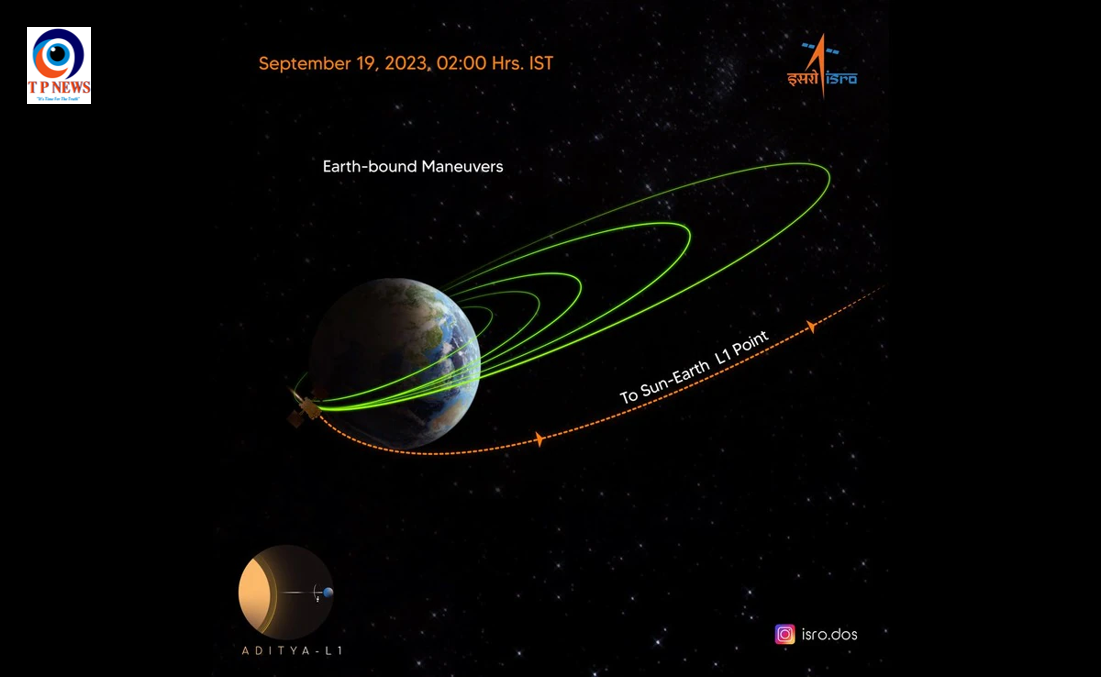The Indian Space Research Organization (ISRO) has fruitfully captured the first high-energy X-ray glimpse of solar flares using the High Energy L1 Orbiting X-ray Spectrometer (HEL1OS) instrument on board the Aditya-L1 spacecraft.
HEL1OS is a devoted Indian space mission for the study of the Sun from an orbit around the L1 Lagrange point, which is about 1.5 million kilometers from Earth. The instrument was developed by the Space Astronomy Group of the U R Rao Satellite Centre (URSC) in Bengaluru, India.
The first observation period for HEL1OS began on October 29, 2023. During this time, the instrument was able to record the spontaneous phase of solar flares. Solar flares are sudden brightening’s of the Sun’s atmosphere that produce greater emission across the entire electromagnetic spectrum.
HEL1OS is distinctively designed to study the impulsive hard X-ray emission from solar flares. This emission is very difficult to portray and understand because it is highly time variable and has multiple spectral components. HEL1OS overcomes these difficulties by having a set of detectors that are specifically tuned to different energy ranges and provide very high spectral and time resolution measurements.
“Commissioned on October 27, 2023, HEL1OS is currently undergoing fine-tuning of thresholds and calibration operations. The instrument is set to monitor the Sun’s high-energy X-ray activity with fast timing and high-resolution spectra,” ISRO stated in a release.
The HEL1OS data will enable researchers to study explosive energy release and electron acceleration during the impulsive phases of solar flares. This information will help us to better understand the Sun’s corona, which is the outermost layer of the Sun’s atmosphere.

Aditya-L1 spacecraft
The Aditya-L1 spacecraft is designed to provide remote observations of the solar corona and in-situ observations of the solar wind at L1. The spacecraft carries seven payloads to observe the photosphere, chromosphere, and the outermost layers of the Sun, the corona, in different wavebands.
Aditya-L1 is a fully indigenous effort with the participation of national institutions.
Significance of the mission
The Aditya-L1 mission is a significant step forward for India’s space program. It is the first dedicated Indian space mission for the study of the Sun and will provide valuable data that will help us to better understand our nearest star.
The mission is also important for the development of India’s space technology. The Aditya-L1 spacecraft is a sophisticated spacecraft that incorporates a number of new technologies. The successful development and launch of the spacecraft is a testament to the capabilities of the Indian space industry.
Conclusion
The successful capture of the first high-energy X-ray glimpse of solar flares by HEL1OS is a significant achievement for the Aditya-L1 mission. The data from HEL1OS will help us to better understand the Sun and its corona. The Aditya-L1 mission is a valuable property for India’s space program and will contribute to the advancement of our knowledge of the Sun.



